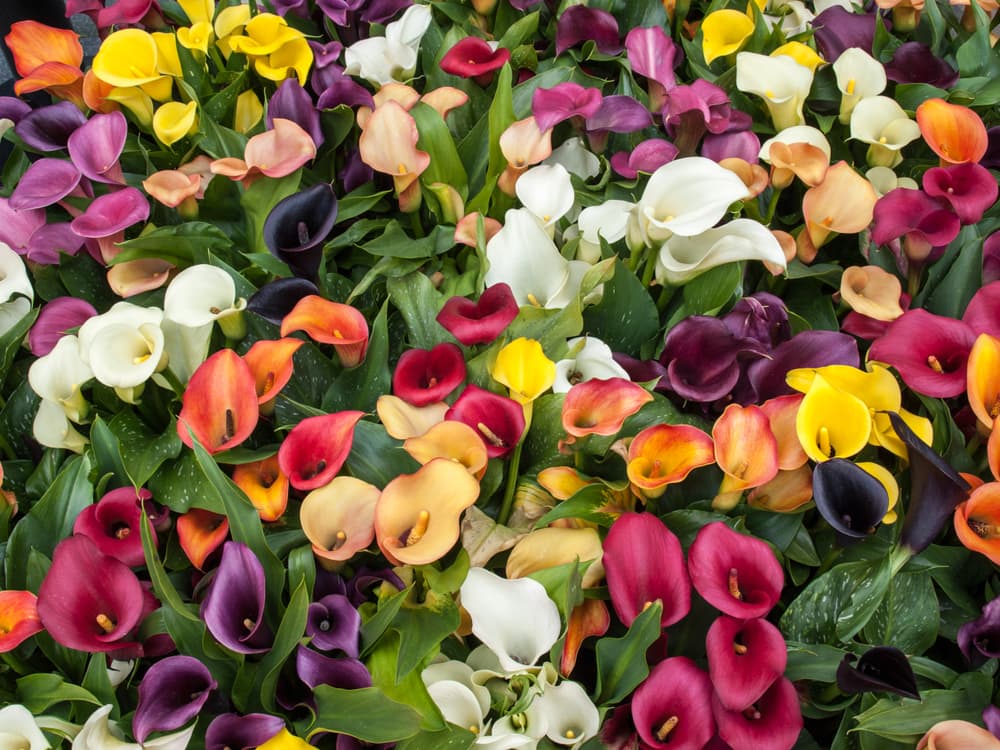18 Amazing Patio Fruit Trees that You Must Plant!
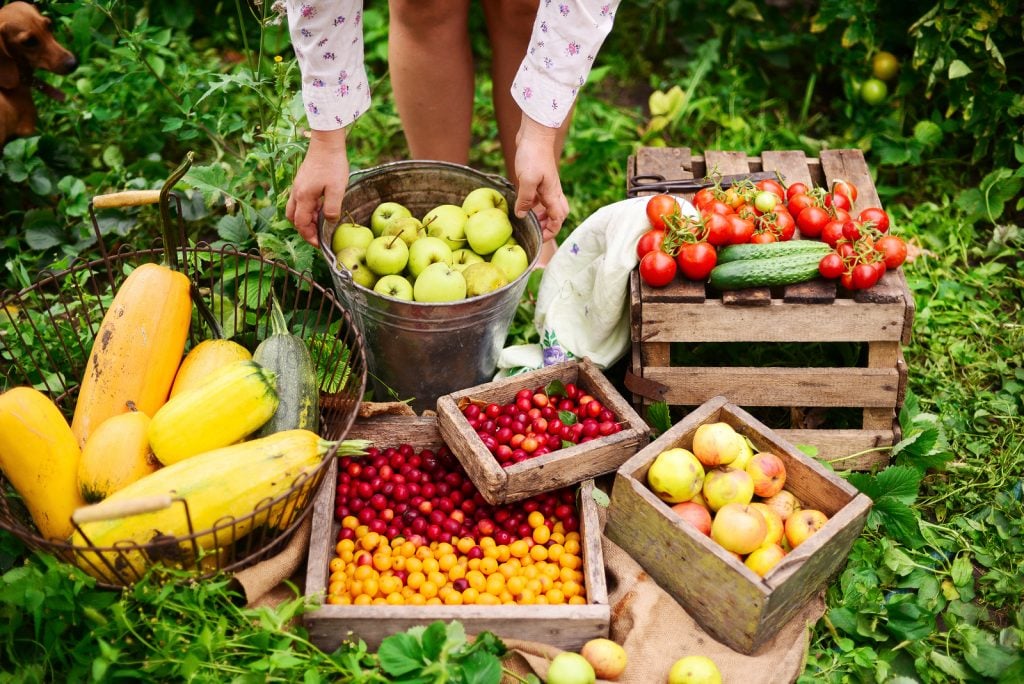
Table of Contents
Don’t you think planting fruit trees on your patio is a good decor idea? Because it works out well by making the patio look more homely and inviting while serving it as a small garden for you.
Having a fruit garden at home is a dream for many, but due to a lack of outdoor space, they fail to go through with it. While backyards make the best home garden spots, getting some fruit trees on the patio is a perfectly viable option. In a short period of time, you will be able to have a garden with fresh produce at home. Therefore, even if your property has only enough space to build a deck for a patio, it is adequate. You can easily transform the place into a miniature fruit garden.
The only thing that should be kept in mind while getting fruit trees for your patio is that they should be of a compact and manageable size which will not consume the entire space your patio has.
List of 18 Incredible Patio Fruit Trees
Here is a list of 18 fruit trees that will be great for your patio.
1. Apple

Apple is one of the most popular choices for patio fruit trees, especially in places with a moderate climate. This fruit is consumed worldwide, as candies, as juice after being pressed, etc. The uses of apples are endless, and the same goes for their popularity. Apple trees grow in fertile soil that balances moisture and dryness. That is why some organic growing medium is often used to cultivate apples so that the equilibrium between water-logging and free-draining soil is maintained.
Apples, when planted in containers for patios and gardens, need drawing rootstocks. The dessert apple trees grow well under prolonged and direct sunlight, while the other varieties, such as Cider Apples and Crab Apples, show better form when kept in a partially shaded area. While seeds are an option to grow apple trees, most gardeners prefer the grafting method.
2. Stella Cherry Tree
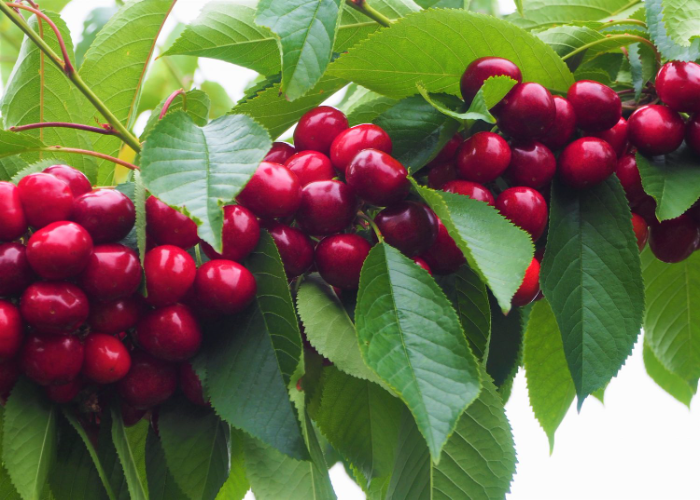
This is a favourite plant to grow in gardens and is known for its sweet-tasting and aromatic dark red cherries. Stella Cherry Trees can also be used as patio fruit trees because of their convenient size, as the maximum size this grows to is 5 meters in length and 1 meter in width. It is a dwarf variety of Cherry that responds well to pruning, so you do not have to be worried about losing foliage after trimming the plant. However, it is a slow grower and will take some time before the first fruits begin to appear.
Usually, it takes 2 years after planting for the cherries to grow, but for a substantial amount of fruits, you might have to wait till the 4th year after planting. Stella Cherry Trees do well in moisture-retentive soil and need 5-6 hours of sunlight daily to grow well. They are hardy plants but do not do well in cold and frost, and thus, overwintering them is required.
3. Pear
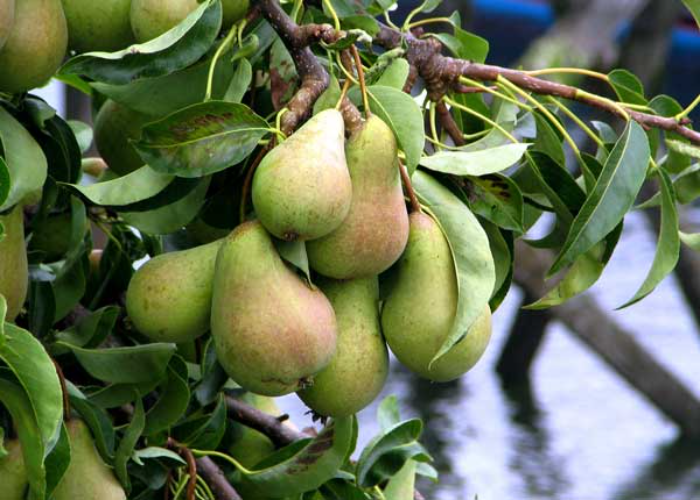
When we say pear trees for the patio, we mean the dwarf varieties, which grow to a lesser size than the purebred type. The most favourable spot for patio pear trees is partially shaded areas that are also warm. These trees do not grow well in cold or frost, so they need to be sheltered when the winter strikes. To make the size more manageable, pear varieties are grafted onto selected rootstocks that help in dwarfing the tree.
Traditionally quince roots are used for this purpose, but what happens due to the new hybrid is that it becomes excessively sensitive to either dryness or moisture. However, they serve as very good patio fruit trees as their size can be maintained, and if the temperature conditions are met, then you will be getting full-sized fruits in the dwarf variety of this tree.
4. Lemon
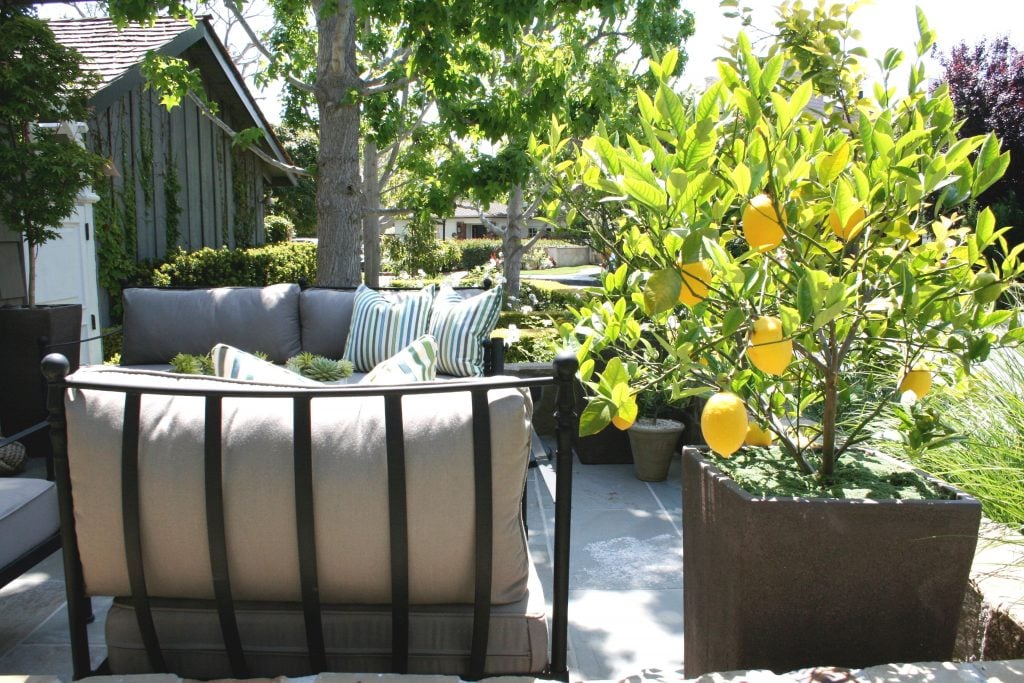
Lemon trees are one of the most useful patio fruit trees you can grow. This is because it is a fruit that can have multiple uses. Besides, potted lemon plants grow very easily in mild climates. They need 6-8 hours of daily direct sunlight and grow best in moist soil that is not soggy. Potted lemons belong to the dwarf variety and can be fitted in 15-gallon pots.
You can obviously go for smaller pots, but that will also limit the amount of lemons you can harvest. One popular dwarf variety is the pink lemons which produce dense, bright green foliage, with yellow lemons that produce pink flesh.
5. Pomegranate
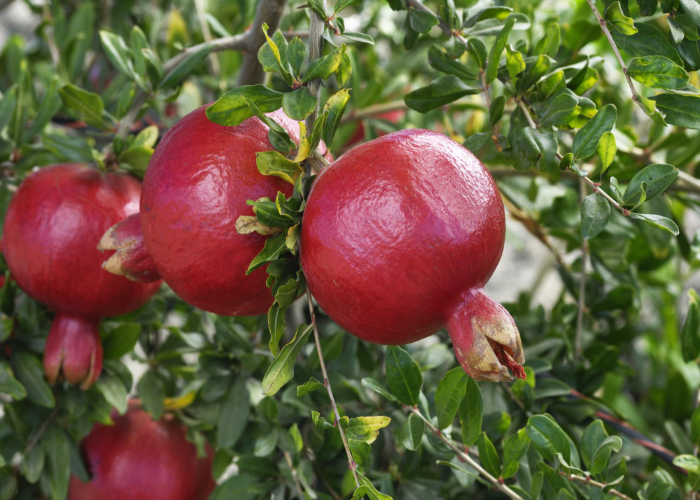
If you love to eat fruits, then you probably know that some can be really expensive. Pomegranate happens to be one of those costlier ones. Despite the price, it is still consumed largely and is also a beloved patio plant owing to its picturesque beauty. While it is true that pomegranates are big-sized trees that grow in tropical regions, they can also be domesticated in containers by temperature control, overwintering, and pruning.
The first crop may take years to appear, but once they start giving fruits, it lasts for a good while. However, pomegranates are not evergreen plants and lose their foliage during fall. Interestingly, despite being a tropical fruit, their water requirements are minimal.
6. Quince
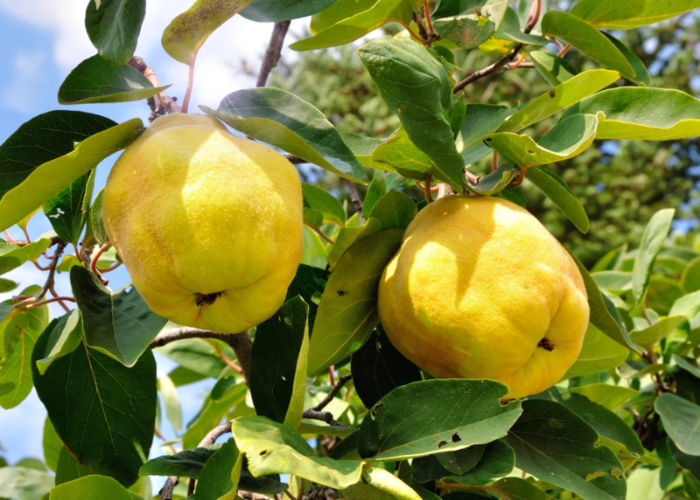
This is an unusual choice for a patio plant but can be considered for the fruits which are widely used for making jams, jellies, and other preservatives. The best part about this plant is that it can be made into bonsai plants that only need regular pruning and have very few upkeep requirements to speak of.
Bonsai quince grows well in a little acidic, well-draining soil, and although they need 6-7 hours of direct sunlight, prolonged exposure to heat can damage the plant. They need to be regularly watered but in moderation, and the soil must be dried off in between waterings. Caring for this plant is pretty simple, and with the right maintenance, it can flourish with fruits and flowers for many years.
7. Honeyberry

This is another of the unusual patio fruit trees to opt for. They give very pretty and unique blue-coloured fruits that taste like a mixture of blueberries and plums but with the texture of a grape. Since honeyberries like well-draining soil, make sure to use a large clay plot with enough drainage holes. Waterlogging at the roots will cause it to rot. Honeyberries thrive well in a warm climate, but they cannot be exposed to the direct midday sun, so make sure that you remove the pot from direct sunlight before it gets strong.
Also, the plants must be fed with organic fertiliser once every year, preferably in spring. Dead branches and damaged stems can be removed at the same time, although pruning is not necessary at all. Simply cutting off the unrequired branches will do.
8. Figs
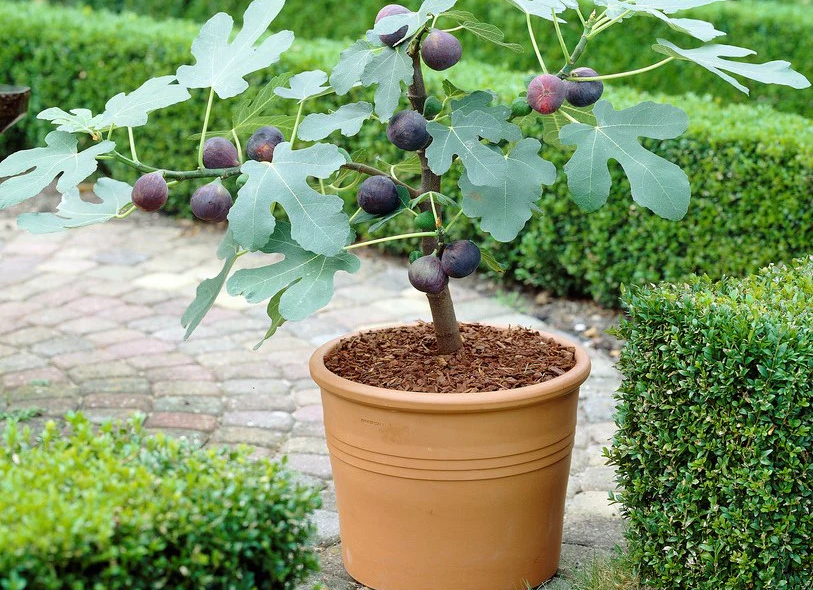
Who does not like the sweetness and juice of fresh figs? Not many people will say no to this. It is thus an incredible idea to get figs as a patio plant. But the thing is, not all varieties of fig can be planted in pots, and you need to know which ones to buy. Some cultivars grow to a workable size and can be planted in pots or containers and kept on patios are Blancher, Brown Turkey, Celeste, Chicago, and Verte.
All these types of figs can be fitted in a 12 – 16 inch deep container, and you can always change containers if the plants need more space. However, allowing drainage for the plants through holes in the pots is of utmost importance. As for its maintenance, figs can thrive well with only partial light sunlight daily for 4-5 hours. They prefer moist soil and regular watering when the fruits start showing up.
9. Kumquat
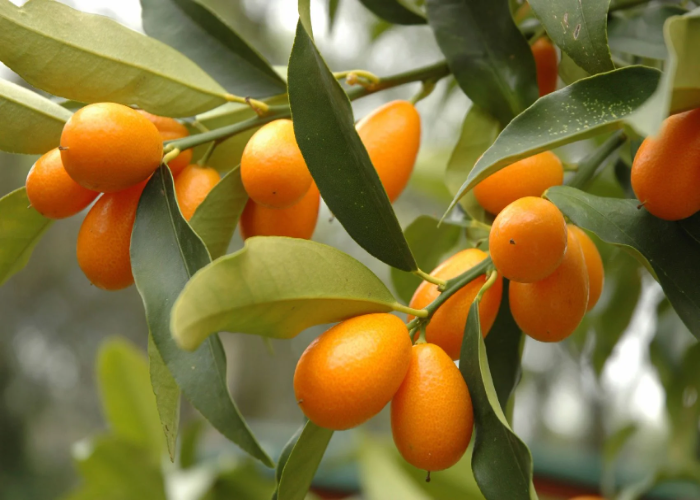
Kumquats are citrus fruits native to China, and unlike most fruits of the citrus family that will make you squint because of how tangy and bitter they taste, these are actually a perfect combination of sweet and tart. On top of that, they grow to a very convenient size that makes them perfect candidates for patio fruit trees. These grow very well in pots and give substantial amounts of fruits if the right growing conditions are met.
Kumquats grow the best in warm spots that are not under direct sun but rather a partial shade. They also need highly fertile soil that is damp yet well-draining, along with regular watering. Regular feeding with some organic fertilizer must be done except in winter to promote vigorous growth of the plants. Among all varieties of this plant, the most commonly grown in pots are the Nagami Kumquats.
10. Grapes
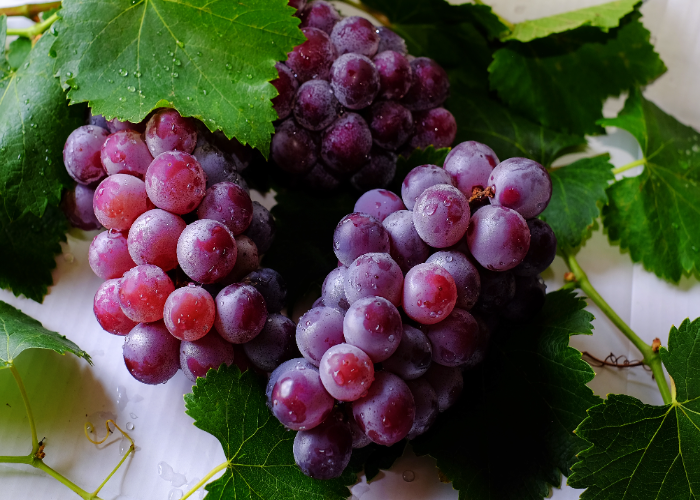
If your property has a trellis or a fence along the patio, then grape vines will be an excellent addition to the place. Contrary to the belief that grapes can be harvested only in vineyards, it is perfectly possible to plant and enjoy this juicy and sweet fruit right from the comfort of your patio. Grapes like to have direct and full sun for at least 6 hours every day, so make sure the container is placed in a sunny location with good air circulation.
The Purple Mars Grape and the Southern Home Muscadine Hybrid varieties of grape are the most suitable for container planting as they need minimal care. Grapes prefer to grow in loamy soil that is moist. Thus, consistent watering is a must but not so much as to make the soil soggy or muddy.
11. Kiwi
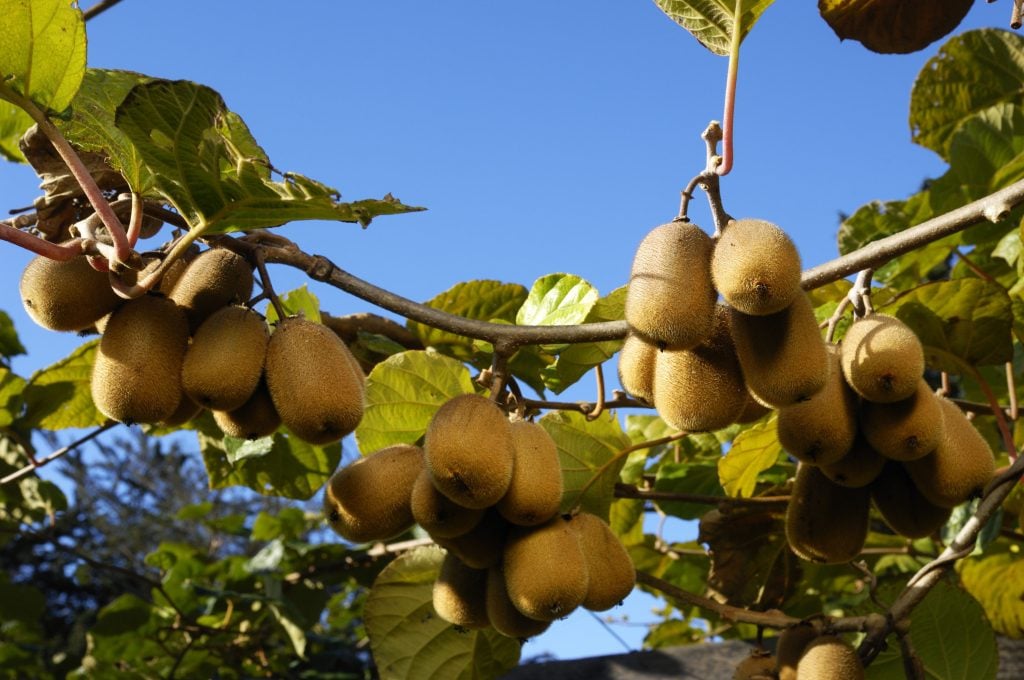
The best way to enjoy the taste of Kiwis is definitely to plant them in your own fruit garden. The cultivar of kiwis that are most suitable for being among your patio fruit trees is definitely the Hardy kiwis which are a smaller version of the Kiwis usually found in markets. However, there is a catch to planting this fruit tree. If you want them to bear fruit, then you have to plant one male plant for every 8-10 female plants.
And if you want varieties that can pollinate on their own, then you may go for the Jenny or Issai cultivars of the plant. Kiwi plants take very long to bear fruits, so you have to water and fertilise the plant with patience consistently. Mature Kiwi plants can need some support as they grow quite heavily with increasing height. Pruning or installing trellis support can help with this.
12. Clementine
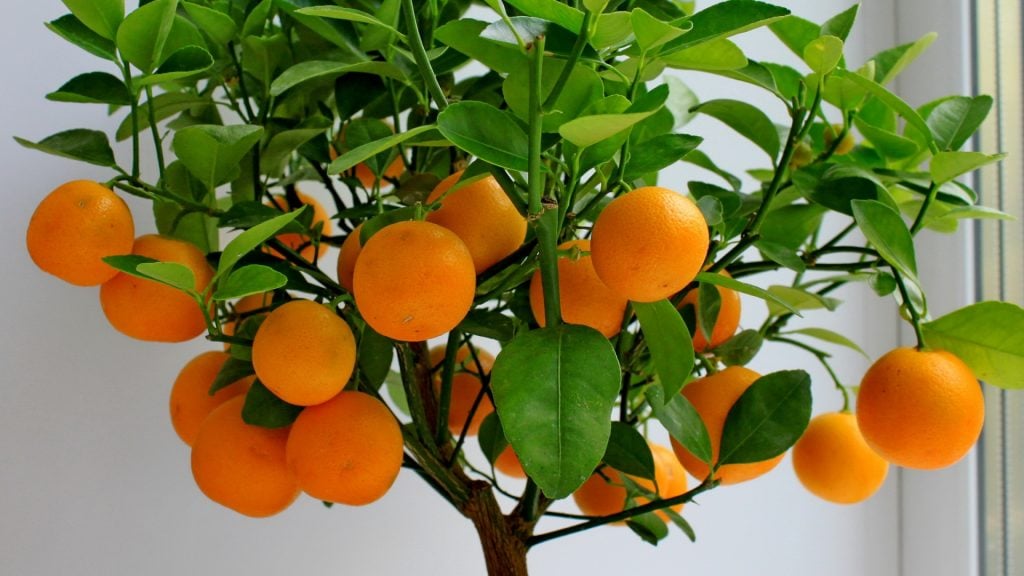
This member of the Mandarin family is one of the sweeter ones. They are small and easy to peel; easy to eat as well because they are mostly seedless. They grow well in pots and containers and thus can be a suitable candidate for patio fruit trees. For the most abundant and juicy clementine fruits, direct unfiltered sunlight is needed daily for 6-8 hours.
The plants can also survive in the shade, but the fruits will be fewer in number, and the foliage not be as dense. Clementine plants are quite low-maintenance and can survive in almost any type of soil but do best when planted in slightly acidic and sandy well-draining soil. Their watering requirements are moderate, and the soil needs to be dried in between waterings as soggy soil will definitely kill the plant.
13. Dragon Fruit
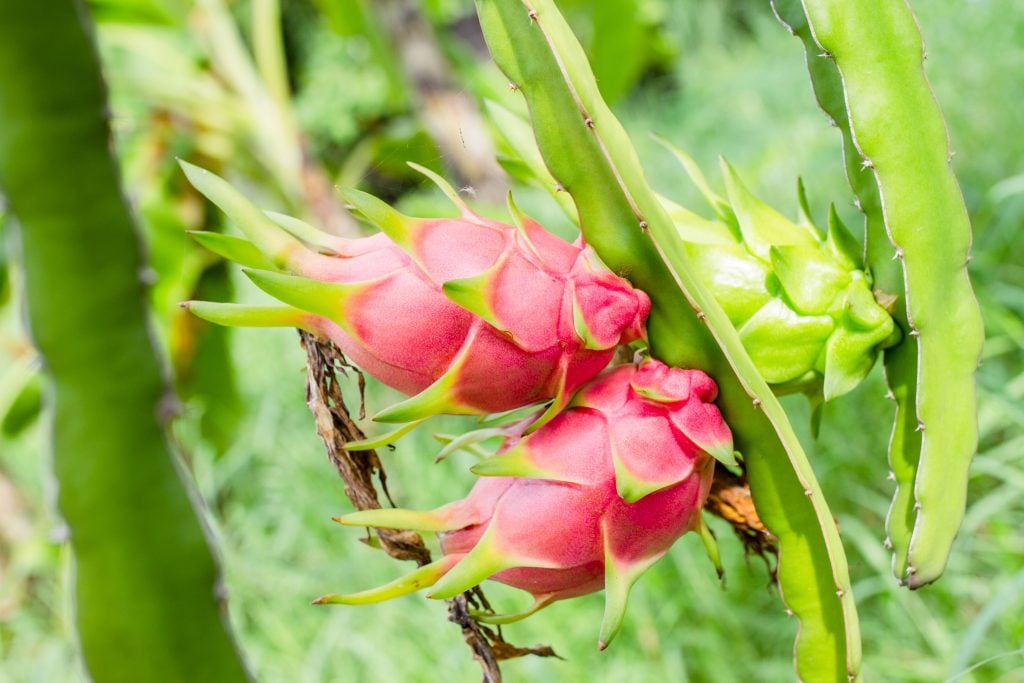
Dragon fruits are native to South America. These may be a little unusual choice for a patio plant, especially in the UK, but they can still be great additions. Dragon fruits belong to the cactus family, and that means these fruit trees can survive with minimal amounts of watering. Although they prefer the sun, prolonged exposure can damage the plant significantly.
Planting them in any cactus soil and placing them in a partial shade that is protected both from heat and cold is the best condition for this plant. Since these are climbers, they might need trellis support. The fruit itself does not have any distinct taste but is largely consumed in salads and smoothies due to its rich anti-oxidant content.
14. Apricots
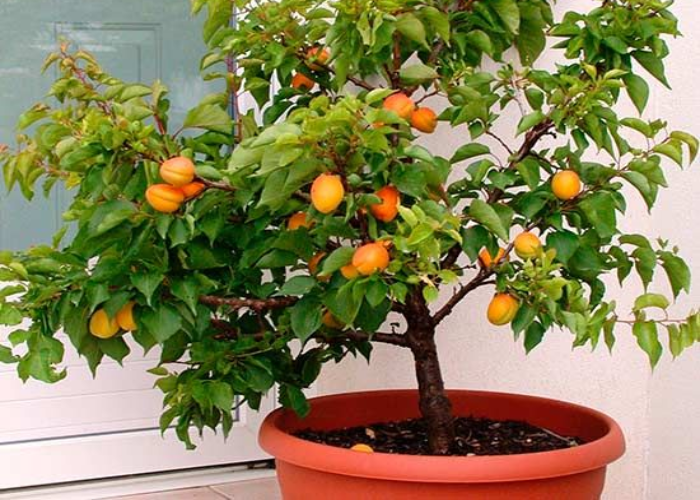
Apricots are an absolute favourite among many because of their distinct taste, which is both sweet and juicy. And what better way to enjoy this fruit than to grow it on your patio? There are dwarf varieties like Stella and Dark Golden Glo that you can grow, but apricot trees are small in general, so with regular pruning, any type or variety can be made into a dwarf.
Apricots grow best under the bright sun, so it is best to plant them in a sunny spot. As for the soil requirements, apricots prefer fertile well-draining soil that is slightly alkaline. To meet the nutritional requirements of this plant, regular fertilizing and mulching must be done. While the plant is still in its growing stage, it has to be watered daily.
15. Redcurrant
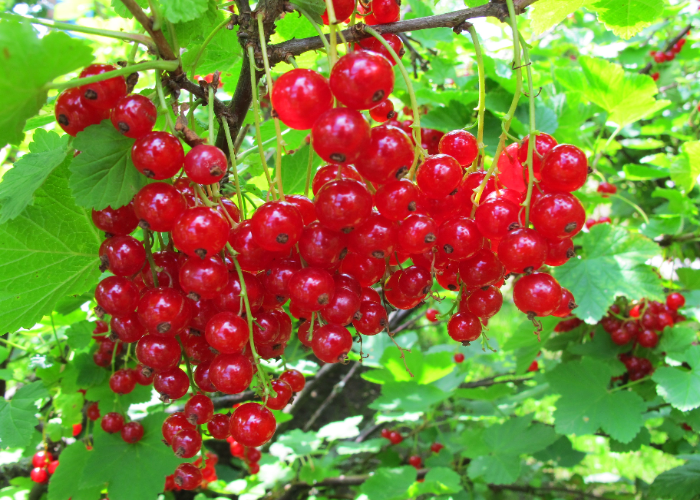
Redcurrants make great container plants because they respond well to pruning and can be trimmed into any desired shape to fit an aesthetic. Besides, these fruits are also pretty picturesque to look at. Their bright red fruits that grow in clusters and hang from the stems can really bring vibrance to any garden. Since these plants are climbers, you will have to install support for them to grow.
Redcurrants thrive best in full direct sun and need very little maintenance once they mature. With normal amounts of watering and daily sunlight, you will be getting fresh and sweet redcurrants every year. After the plant has matured, it will need even less watering on a daily basis except when it gets very hot and dry.
16. Lime
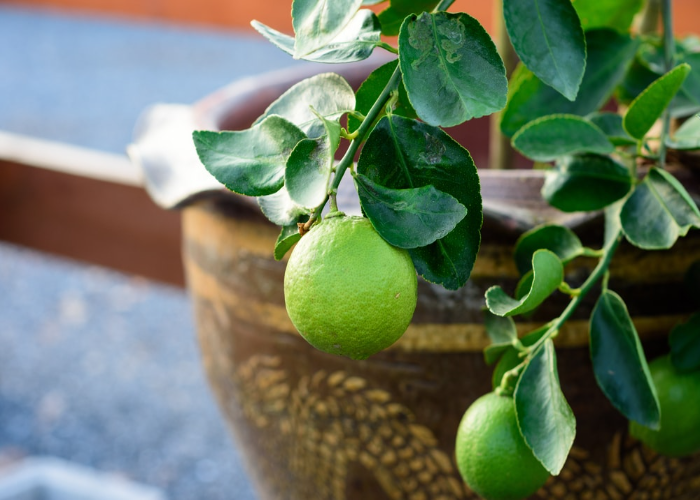
The best thing about Lime plants is that if you put in a little effort for its care, the plant will return the favour by ten times through a ridiculously large amount of harvest. And thankfully, limes can be utilised in a number of different ways so your bountiful crops will not be wasted. The number one requirement for lime trees is to flourish in a sunny spot and a warm climate.
Other than that, they are pretty self-sufficient. Lime trees/plants can grow exponentially if not pruned, and that is why it is best planted in a container where their growth will be limited. The soil needs to be well-draining, and the plant has to be protected from the cold to get the best results in foliage and fruits.
17. Loquat
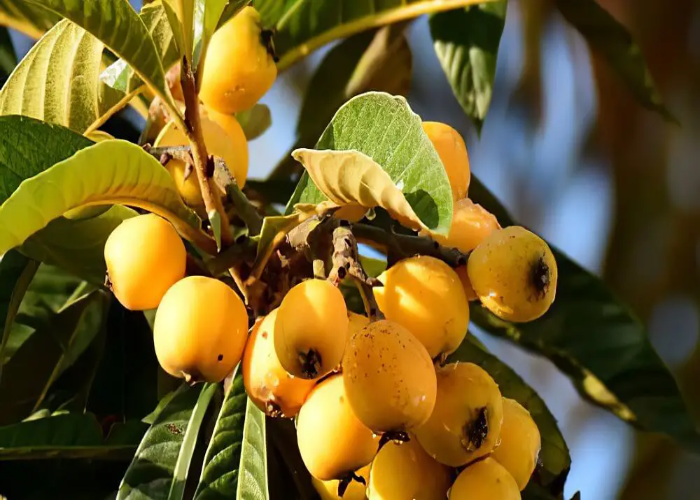
Although primarily a garden soil tree, Loquats can also be grown quite easily in containers if the right conditions are met, it has a unique taste that is a cross between sweet and tart and is said by most to be very addictive. Therefore, it won’t harm to have this plant right on your patio. The container that you use for planting the tree should be at least 15 gallons in size.
You can go for a bigger container depending on how much space your patio has. Loquats are citrusy in nature and thus need deep watering and fertilising. These fruits are also very delicate and bruise easily when ripe. That is why you may need to net your plant to protect it from birds.
18. Guava
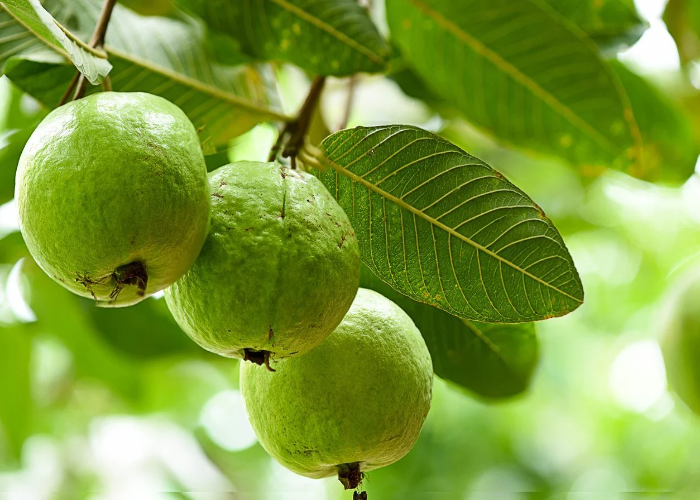
Guava fruits are not only tasty, but they also happen to be very easy to grow. The plant will need some care during its growing period, but once it has matured and established its roots, it becomes fairly tolerant to both dry spells and dips in temperature. Mature plants also do not need much watering as their shallow roots absorb water very fast.
Guavas do well in direct sunlight, so make sure the plant gets at least 6-8 hours of unfiltered sunlight daily. Guavas may outgrow the container in that you initially planted them, so it is best to choose from the smaller cultivars of the fruit. Some of the varieties that are best suitable for container growing are – Guava Ruby Supreme, Lucknow 49, Psidium Gujava Nana, Tikal Guava, Red Malaysian, etc.
To Conclude
All in all, choosing patio fruit trees can be a daunting task because there are so many good options. But the best way out of this mess is to consider the growing conditions of the fruits and to check whether your patio has it or not. For instance, if you are thinking of getting grape vines and other climbers, having a fence, trellis, or arch is a must.
Similarly, for most plants, you need shaded spots to keep them out of the direct sun. Another thing to consider is the availability of space because some plants cannot be grown separately from their male or female counterparts and need pollination partners, while some plants take up a lot of space despite being shortened and pruned.
At the end of the day, growing plants that are not suitable for your patio will, after all, be a waste of space, time, and money.

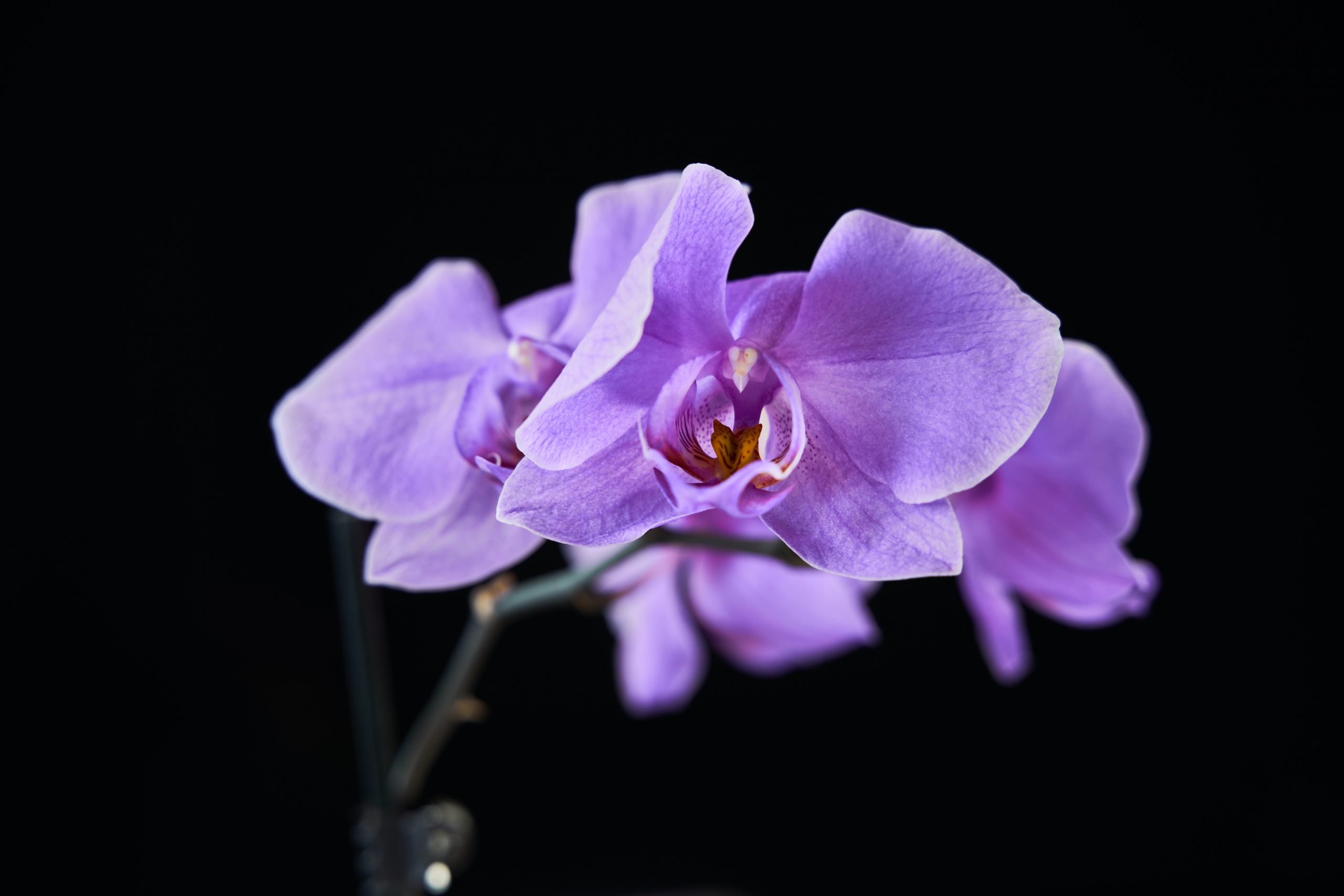
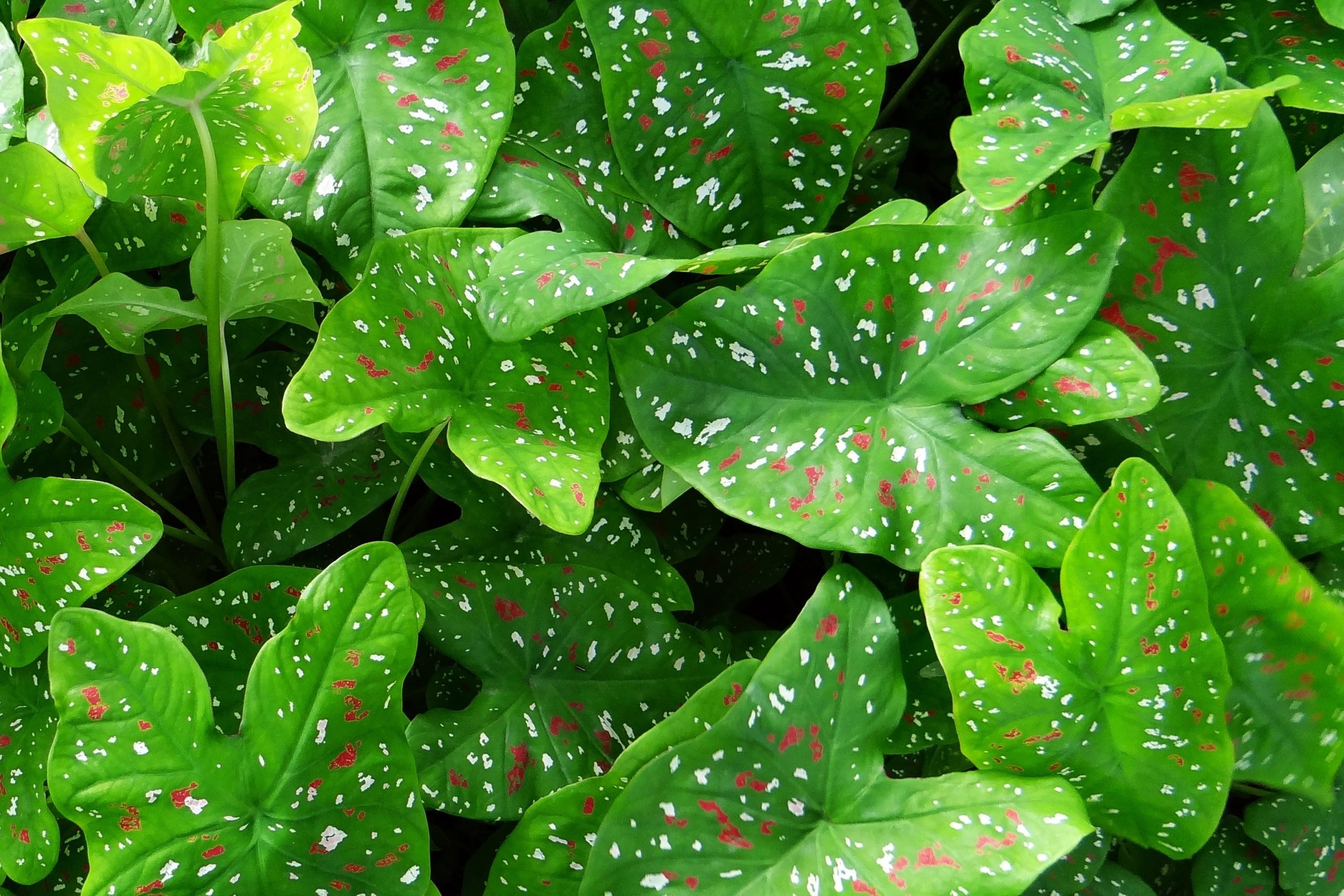
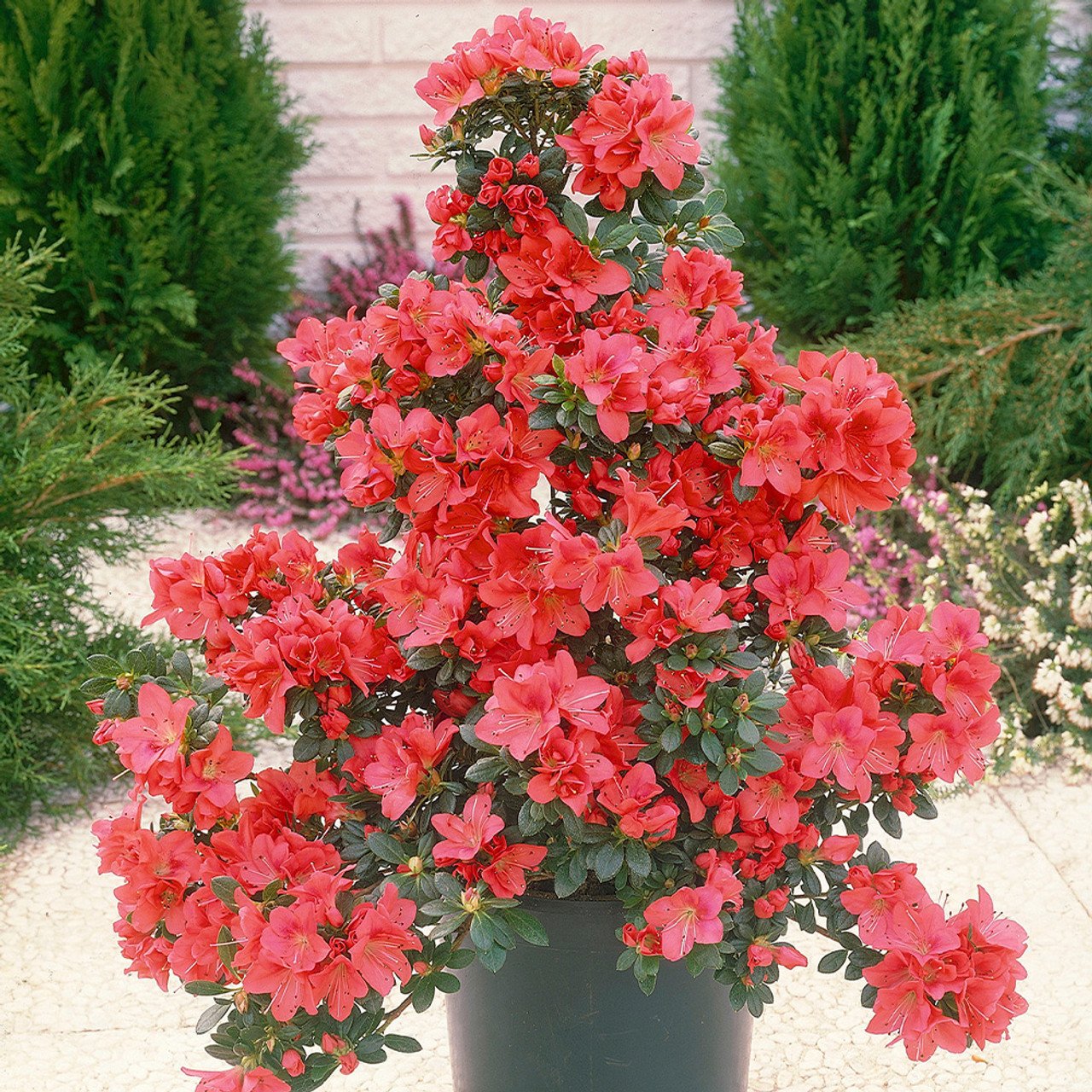
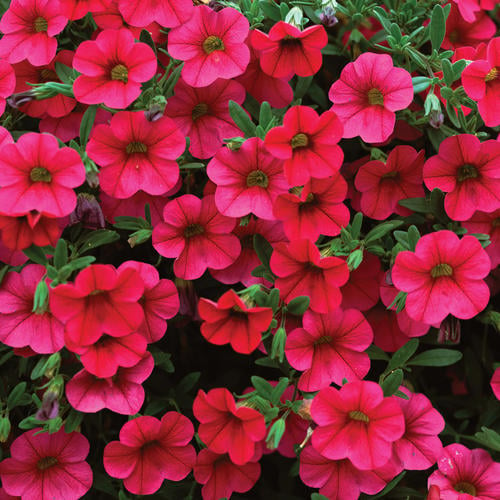
![How to Grow and Care for Berberis ‘barberry’ Plants [UK]](https://staging.thearches.co.uk/wp-content/uploads/Berberis-Barberry-Care-Growing-Tips-scaled.jpg)
